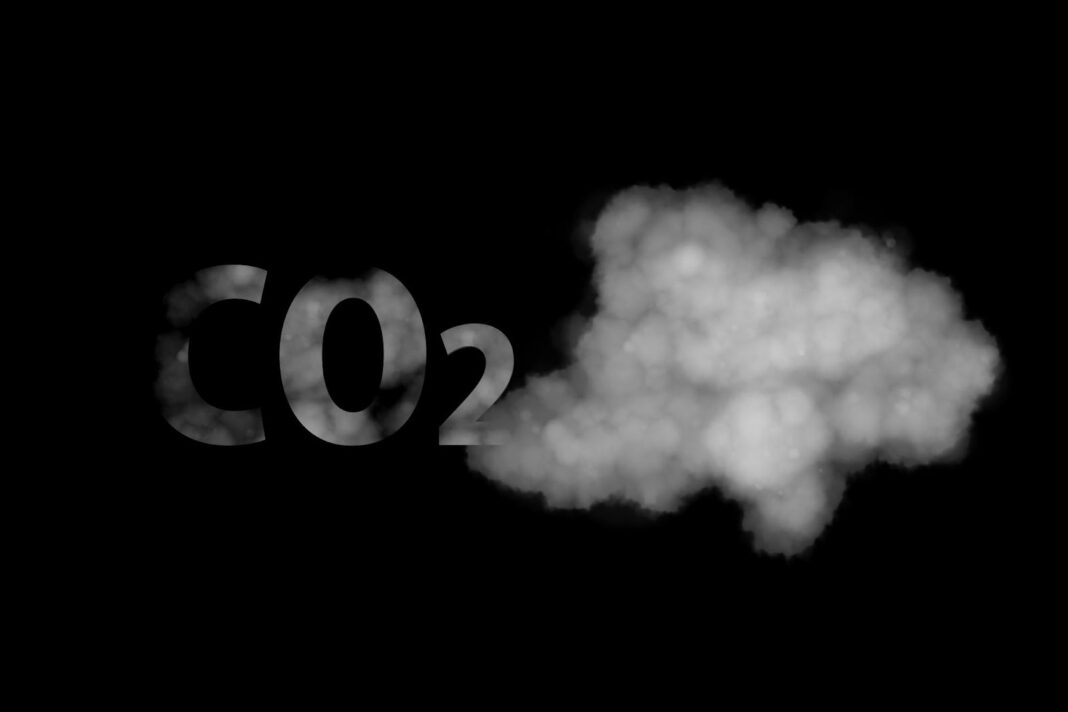We stand at a crossroads in history. A report by the International Panel on Climate Change states that we must take urgent action to halve our carbon emissions by 2030. The goal is a crucial milestone in the long-term plan to limit the scope of a potential climate catastrophe.
But many would ask how to reduce CO2 emissions fast enough to reach that goal.
And indeed, it will be no small feat. There are so many contributing factors to our climate crisis that the challenge can seem insurmountable. But another way to look at the problem is that for every cause, there’s an opportunity to work toward a solution. Here are only a few ways we can work to curb carbon emissions as individuals and as a society.
1. Energy Conservation
Reducing carbon emissions will require a multi-pronged approach. But if there is one area that deserves special attention, it’s the energy sector.
Burning fossil fuels like oil, coal, or natural gas for energy and heating is the single largest source of atmospheric carbon, making up 25% of emissions. So if we are to have any chance of preventing the climate crisis from becoming a climate catastrophe, we need to reduce the amount of energy we use.
On a national or global scale, this can take the form of modernizing our power grids and other infrastructure. Or it could mean passing legislation to make industry more energy efficient.
But there’s plenty that individuals can do to reduce their power consumption and shrink their carbon footprint.
Most energy consumption in the home comes from seasonal heating or cooling. A good way to combat this is to add insulation, particularly in places like lofts and attics. This will help keep the home cool in the summer and warm in the winter, reducing the need for heaters and air conditioning.
Upgrading major appliances is the next best thing that you do. Major fixtures like refrigerators, washing machines, and dyers are among the biggest power consumers in the home. By upgrading to newer, energy-efficient models, you can trim your power usage by a substantial amount.
2. Using Public Transit
After energy production, transportation is the next largest source of atmospheric CO2, responsible for about 29% of emissions. More than half of that sum is the result of personal vehicles like cars, pickup trucks, and SUVs.
By contrast, public transit systems like trains and even buses only cause a fraction of emissions, less than 10%. So in terms of the personal choices that we make each day, opting for public transit is one of the best decisions that we can make. Even opting to carpool instead of driving a personal vehicle can help reduce the emissions produced by transportation.
Of course, that’s if you’re lucky enough to live in an area with a robust public transit system. Many major metropolitan areas need significant expansions to their networks or lack public transit systems altogether.
So to reduce our reliance on passenger vehicles, we need to advocate for policies that would expand these networks and make them efficient and accessible for all.
3. Making the Jump to Electric Vehicles
The cities of the future will indeed need expanded networks of trains, trolleys, and buses. But that future is still a ways away. And we’ll probably never completely do away with personal vehicles in any case.
But what we can do is make the move toward electric vehicles as opposed to traditional combustion engine models.
Only a decade or two ago, electric cars were a punchline. The stereotype was that they could barely drive the speed limit and could only run for a couple of hours before needing a charge.
That may have been true once. But the last several years have seen a rapid advancement in electric vehicle technology.
The modern electric vehicle can travel for several hundred miles without needing a recharge. And as they grow more popular, public-use charging stations are springing up nationwide. The day will soon come when you can use your electric car to take a cross-country road trip.
And the major automakers seem to realize that the future will be electric. They estimate that by 2030, electric vehicles will make up half of new auto sales.
When when the time comes for you to trade in your current vehicle, joining the growing shift toward electric vehicles can help you shrink your carbon footprint.
4. Wean Ourselves Off Fossil Fuels
Opting for an electric vehicle over a gas guzzler is a great step an individual can take to help reduce emissions. But there’s still a problem.
Electric vehicles still get their power from the same grid we use to light and heat our homes. And fossil fuels account for about 80% of the energy on global power grids.
On a national policy level, we need to make major steps toward reducing our reliance on fossil fuels. This would be a needed step even if climate change weren’t a factor.
There is only a finite amount of these fuels and they’ll run out sooner rather than later. At our current rate of consumption, we may exhaust our supply of oil in as little as 20 years, coal in as little as 40 years, and natural gas in as little as 70 years. Making the move to renewable energy is inevitable.
But what can the individual do?
In some areas, you may have a choice of energy provider. If possible, research your available providers and opt for the one with the best profile of renewables.
Failing that, you may have the opportunity to install solar panels on your home or property. Solar panel technology made huge leaps over the last couple of decades, allowing many households to reduce or even eliminate their power bills. Any excess power that’s produced is usually sent back out onto the grid, reducing the total amount of electricity that needs to be produced by fossil fuels.
5. Reforestation and Ocean Preservation
Two of our greatest assets in fighting climate change are our forests and oceans. Both serve as major, natural carbon sinks. That is, they remove carbon dioxide from the atmosphere and trap it for long periods.
Whereas animals like humans inhale oxygen and exhale carbon dioxide, plants and trees do the opposite. They consume massive amounts of carbon dioxide, particularly when they’re growing, and release oxygen in its place.
That’s why deforestation has been such a huge blow to the fight against climate change. Not does destroying forests remove their ability to hold atmospheric carbon, but the felled trees release the sequestered carbon dioxide back into the atmosphere when they rot or are burned.
Oceans work much the same way.
The seas are brimming with an incalculable number of plankton, tiny organisms that are often invisible to the human eye. Like trees, these creatures “breathe” carbon dioxide and release oxygen. Because there are so many of them across the world’s oceans, they have a huge capacity to sequester CO2.
However, both trees and plankton are threatened by human activities. About 4.7 million hectares of forest are cleared every year. And both human activities and the warming waters caused by climate change threaten the planet in the ocean.
Fighting climate change means protecting and restoring ecosystems on land and at sea.
6. Using Direct Air Capture Technology
Restoring and preserving natural carbon sinks like forests and oceans is key to our long-term climate plan. But there’s a problem. With the amount of carbon already in the air, we cannot rely on these natural carbon sinks alone to solve the problem.
The earth’s ecosystems can only support another 2.2 billion acres of forest, 25 percent more forested area than already exists. That would be enough to capture about 205 gigatons of carbon. While that may sound like a lot, it would only remove about 25% of the carbon in the atmosphere.
What’s more, trees don’t continue to remove carbon indefinitely.
They consume massive amounts of the case as they grow, but the amount they consume tapers off as they reach adulthood. And like all living things, trees eventually die. When they do, rotting leaves and wood release carbon back into the air.
It’s a similar situation with the oceans. Our seas can only accommodate a finite amount of carbon-consuming plankton. So while preserving and rejuvenating them is important, it’s not the ultimate solution.
We need a way to remove carbon from the atmosphere permanently. Hence, direct air capture technology will have to be a major component of our long-term strategy.
This technology collects carbon from the air so that it can be safely stored underground, removing it from the atmosphere. Alongside green energy, reduced consumption, and environmental rejuvenation, it will be a keystone to our long-term plan for solving the climate crisis.
We Must Learn How to Reduce CO2
The climate crisis is the defining challenge of the 21st century. And future generations will judge us based on how we rise to meet it.
These examples of how to reduce CO2 emissions are only the tip of the iceberg. There is much more work to be done. To learn more about emerging efforts to combat climate change, be sure to follow our latest technology news.















